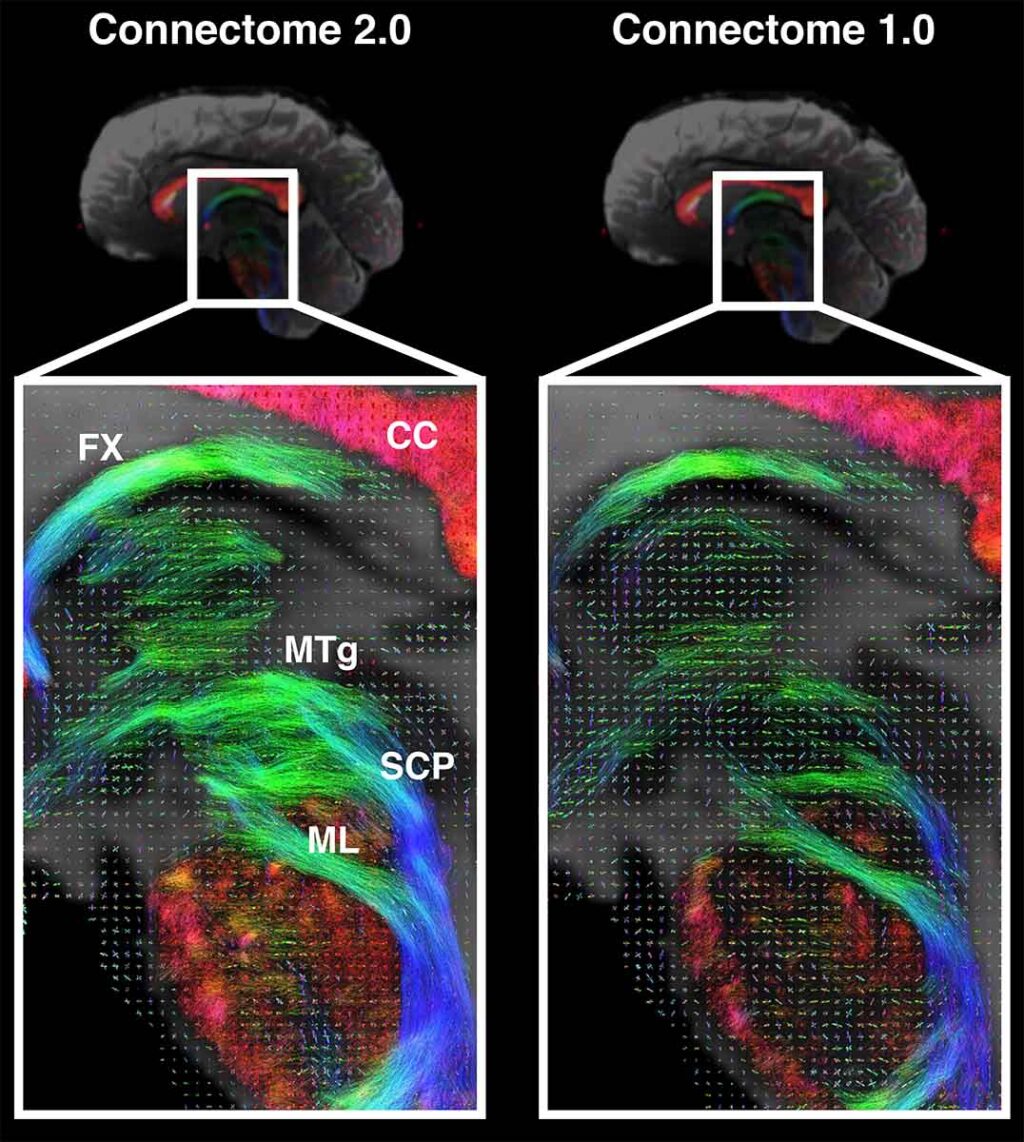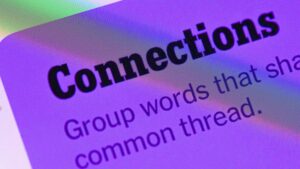
A revolutionary brain imaging system, Connectome 2.0, is setting new standards in the field of neuroscience by outperforming traditional MRI machines in detecting microscopic brain structure disruptions. This advancement could pave the way for the first comprehensive brain maps and personalized treatments for neurological and neuropsychiatric disorders, according to a recent publication.
The Connectome 2.0 MRI scanner, developed under the National Institute of Health’s (NIH) Brain Research through Advancing Innovative Neurotechnologies (BRAIN) Initiative, represents a significant leap forward. It bridges brain regions to map the nervous system’s connection structure, known as the “connectome,” noninvasively. This breakthrough allows for scan resolutions that were previously only achievable through post-mortem dissections.
Innovations in Brain Scanning
“This research is a transformative leap in brain imaging – pushing the boundaries of what we can see and understand about the living human brain at a cellular level,” commented John Ngai, Ph.D., director of the BRAIN Initiative. “The new scanner lays essential groundwork for the BRAIN CONNECTS program’s ultimate goal of developing a wiring diagram for the human brain.”
Traditional MRI machines utilize the random thermal motion of water to examine brain tissue. The Connectome 2.0 advances this technology by significantly enhancing the signal-to-noise ratio, resulting in the clearest images of the brain’s smallest structures. This improvement builds upon the progress made by Connectome 1.0, with the new device fitting directly on the human head and containing numerous channels beyond those in conventional MRI machines.
The precision of the imaging is so advanced that neuroscientists can now map brain structures almost down to a single micron, capturing individual fibers and cell structures. This level of detail allows for a deeper exploration of the relationship between minute cellular and connective alterations and human experiences in cognition, behavior, and disease.
Real World MRI Results
Enhancements to the Connectome’s physical design from its 1.0 version have made it accessible to a broader range of human body sizes. Tests conducted on research volunteers have demonstrated the device’s safety and effectiveness, achieving clarity previously possible only in animal and post-mortem studies. By comparing results among volunteers, researchers can precisely identify subtle differences in axon diameters and cell sizes. Axon diameters are crucial for understanding conduction velocity, while variations in cell size can indicate neurodegeneration and aging.
“Our goal was to build an imaging platform that could truly span scales – from cells to circuits,” stated senior author Susie Huang, M.D., Ph.D., of the Department of Radiology at Mass General Hospital. “It provides researchers and clinicians with a powerful new tool to study brain architecture in health and disease, in real time.”
Impact on Neuroscience
The human brain remains a complex and enigmatic structure for neuroscientists. Connectome 2.0 is a step toward demystifying this complexity by mapping the complete wiring of the human brain for the first time. By capturing extremely high-resolution images, the new MRI enables a better understanding of the brain’s smallest scales, comprising individual cells and their connections. This facilitates a deeper comprehension of how larger brain systems, such as whole regions and connecting circuits, function and drive human thought.
Beyond mapping, Connectome 2.0 holds potential for advancing treatment options. Theoretically, the device could lead to not only noninvasive scanning but also noninvasive stimulation of brain circuits. This would allow for individually tailored treatments for brain disorders, based on a person’s unique brain mapping.
The paper titled “Ultra-high Gradient Connectomics and Microstructure MRI Scanner for Imaging of Human Brain Circuits Across Scales” was published on July 16, 2025, in Nature Biomedical Engineering.
Ryan Whalen covers science and technology for The Debrief. He holds an MA in History and a Master of Library and Information Science with a certificate in Data Science. He can be contacted at [email protected], and follow him on Twitter @mdntwvlf.






